Inner Reflections
October 3, 2022
4 Supplements To Your Asana Practice
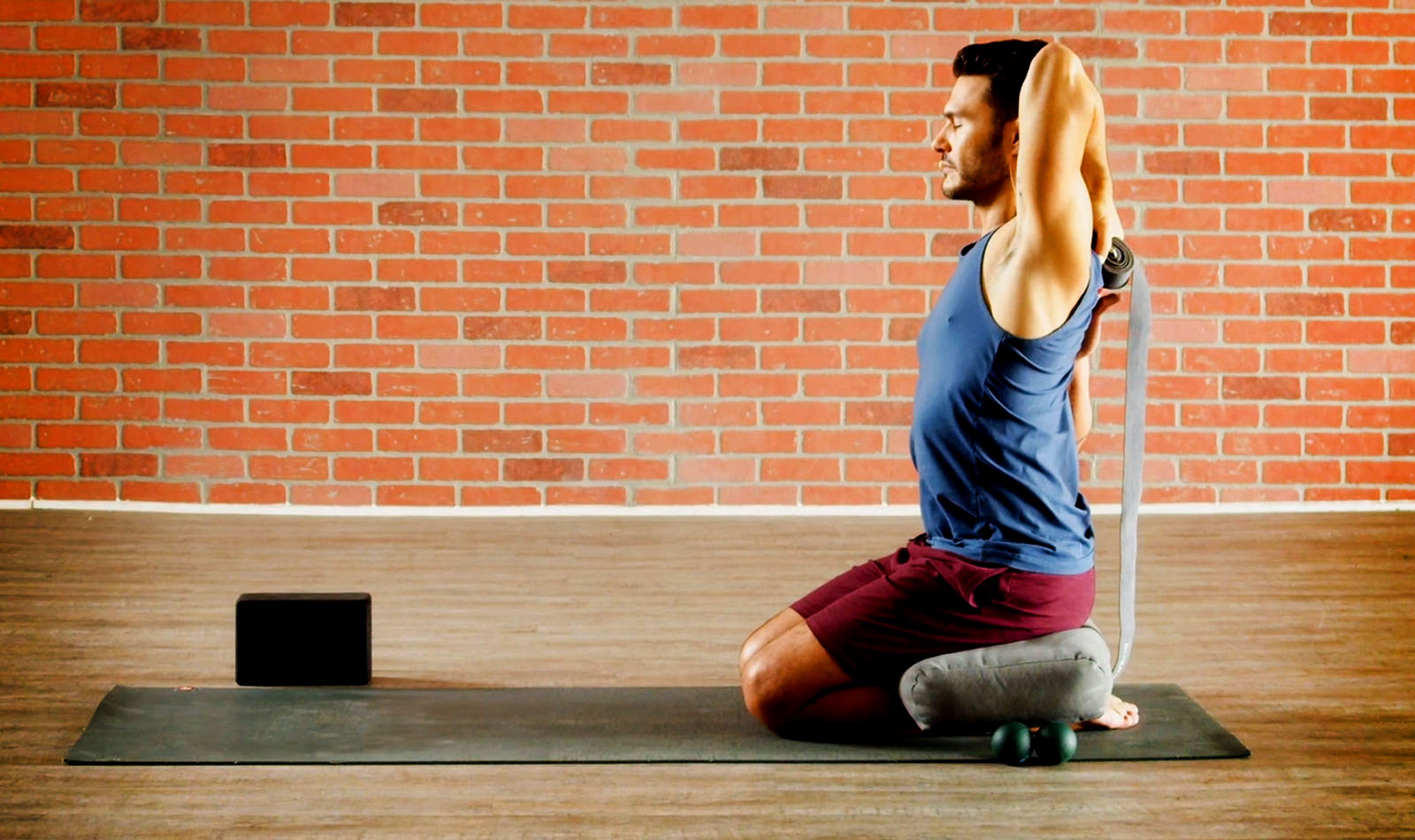
Power and Vinyasa yoga are fantastic forms of movement and exercise. Yoga combines strength, balance, flexibility, mobility, and focus for one of the most well-rounded and safe practices for the human body. Even though yoga is holistic, there are a few things that it can miss. Here are four things you can do to fill in the spaces that a traditional vinyasa or power practice might leave out.
- Pulling/Hanging- Power yoga is a lot of linear movement, with pushing movements such as the traditional vinyasa. Plank, Chaturanga and Vasisthasana are great for building upper body and core strength, but yoga lacks pulling and hanging exercises. To complement this you can add rowing, pullups, or rock climbing to a weekly movement routine to strengthen the back and bicep area.
- Cardio- Sun Salutations build a lot of heat, but they probably wouldn’t be considered the most effective cardiovascular workout. A great compliment to yoga would be jogging on a low-impact surface, dancing, hiking, or swimming. These are great ways to build up cardiovascular endurance.
- Circles and Waves- A traditional vinyasa practice has a lot of linear movements, where the body is moving forward, backwards and side to side. These are great, but our bodies are capable of moving in so many different directions. The hips and shoulders are ball and socket joints and can move in all three planes of movement. Our spine can also move much more dynamically than a basic vinyasa practice allows. Incorporating circular movements with the hips and shoulders is fantastic for the health of these joints. Spinal waves are great for posture, and core stability. You can learn these movements in a modern mobility class, or dancing and martial arts are also ways to learn to move more dynamically.
- Myofascial Elasticity- A wonderful thing about yoga is that it is a low-impact form of exercise. However, certain times yoga can be SO low impact that our connective tissue (fascia) can begin to lose its spring or bounce. This leaves us more vulnerable to injury. Learning to incorporate pulsing or bouncing movements to a weekly exercise routine is essential for maintaining elasticity in the fascia. This can be done in barre method classes, HIIT, or in specifically structured yoga classes that add myofascial pulsing.
Below are some recommended non-traditional yoga practices to help fill in the gaps:
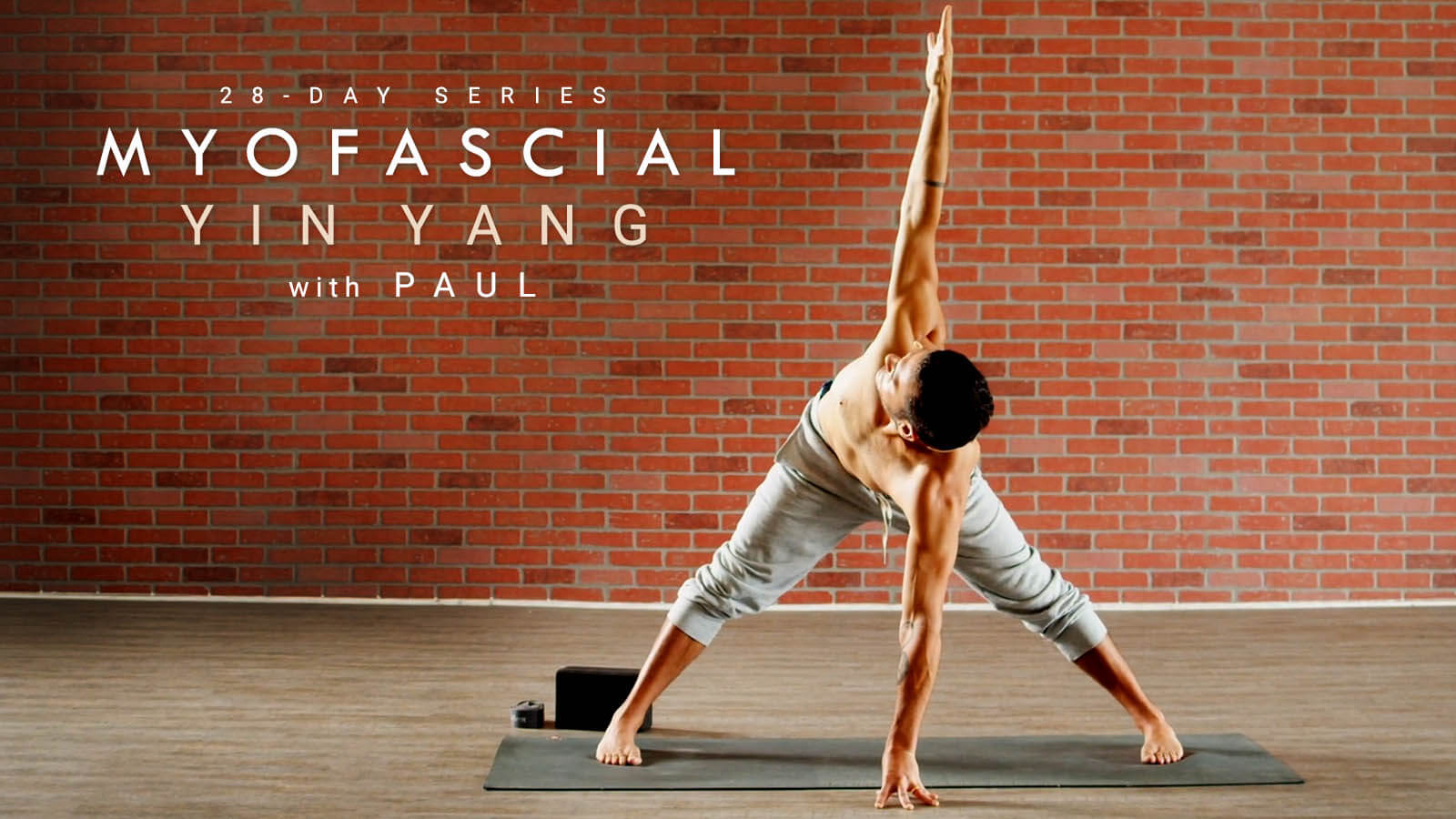 https://www.innerdimensiontv.com/programs/myofascial-yin-yang/
https://www.innerdimensiontv.com/programs/myofascial-yin-yang/
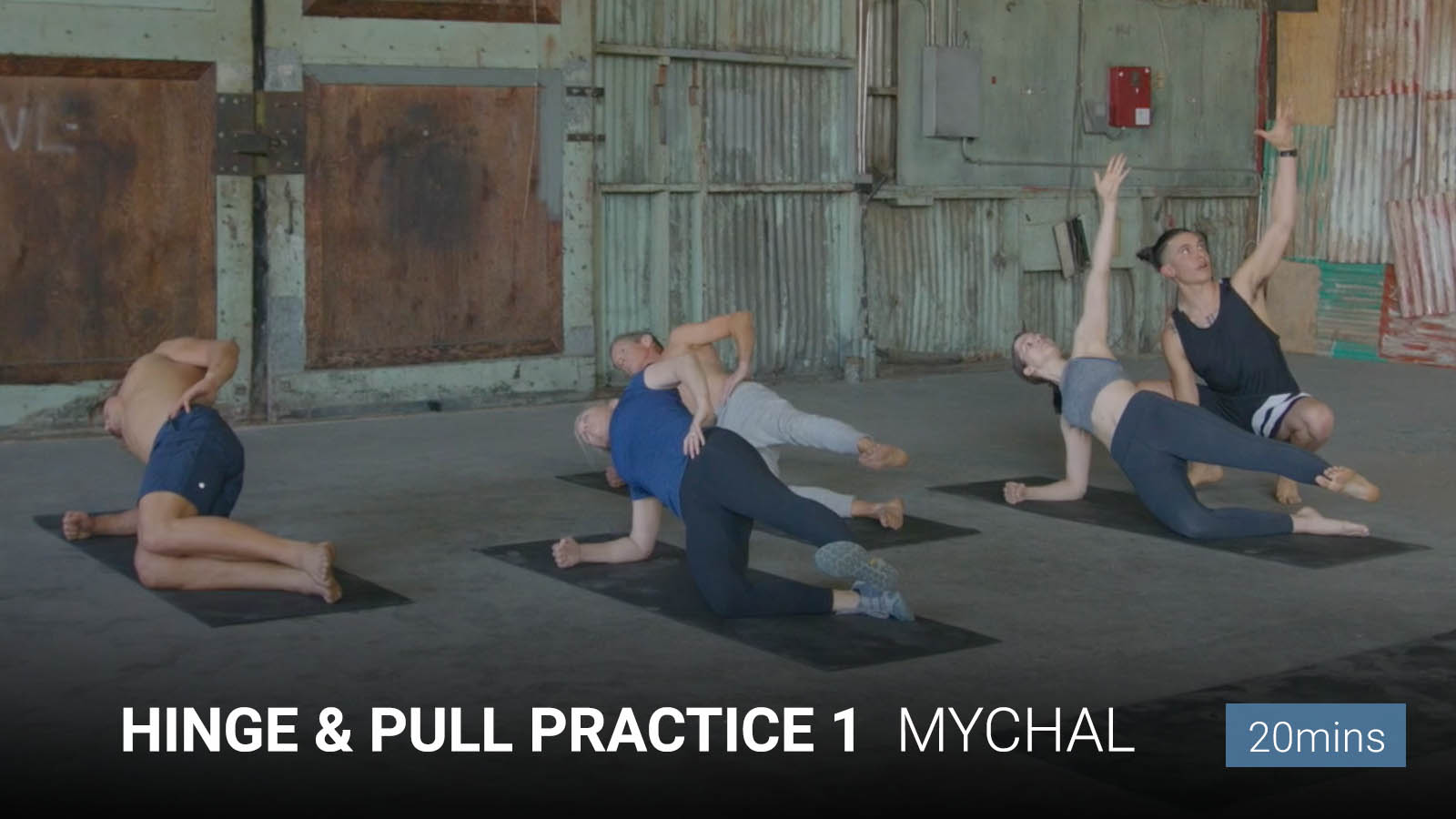 https://www.innerdimensiontv.com/classes/hinge-pull-practice-1/
https://www.innerdimensiontv.com/classes/hinge-pull-practice-1/
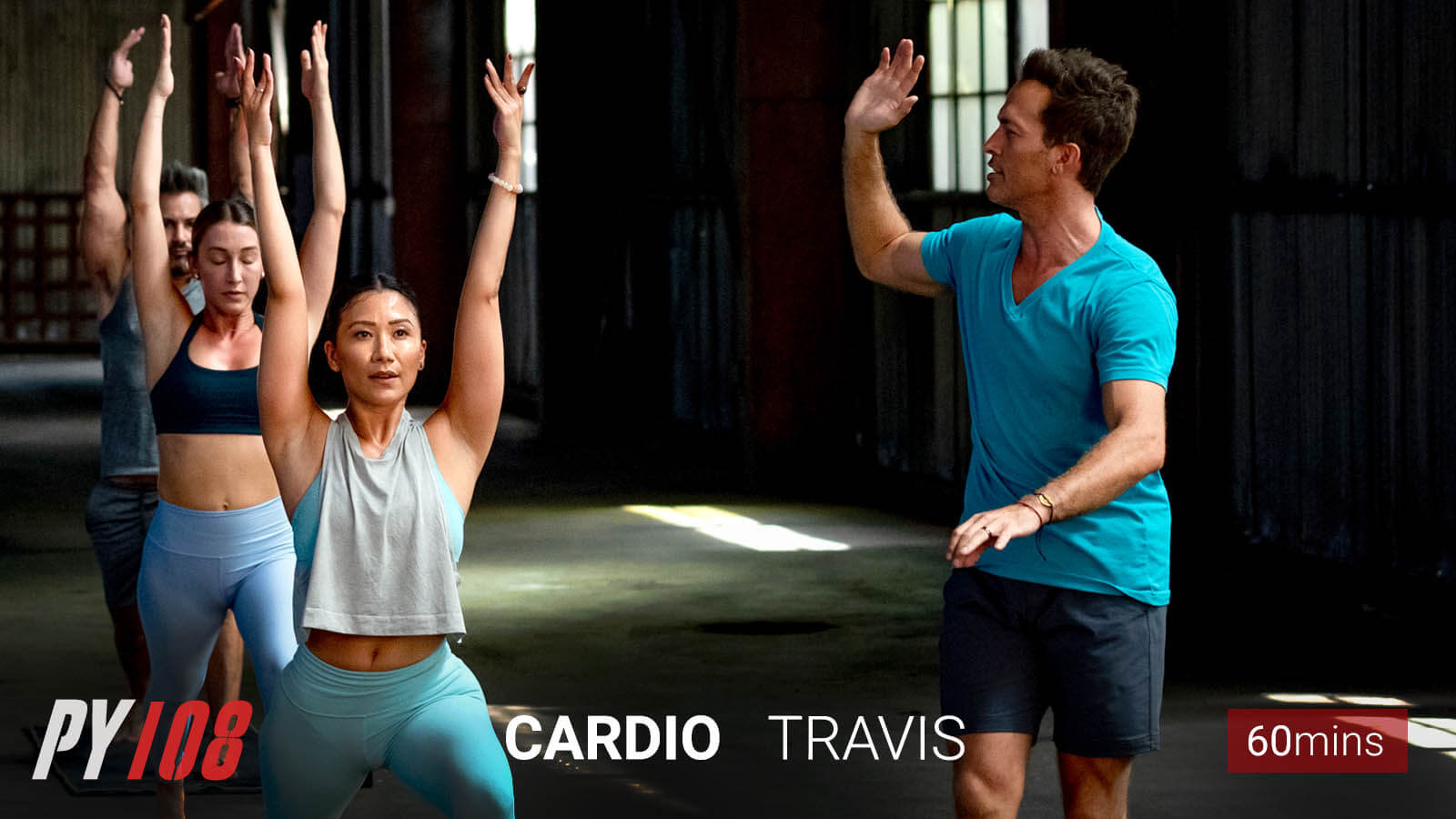 https://www.innerdimensiontv.com/classes/cardio-py108/
https://www.innerdimensiontv.com/classes/cardio-py108/
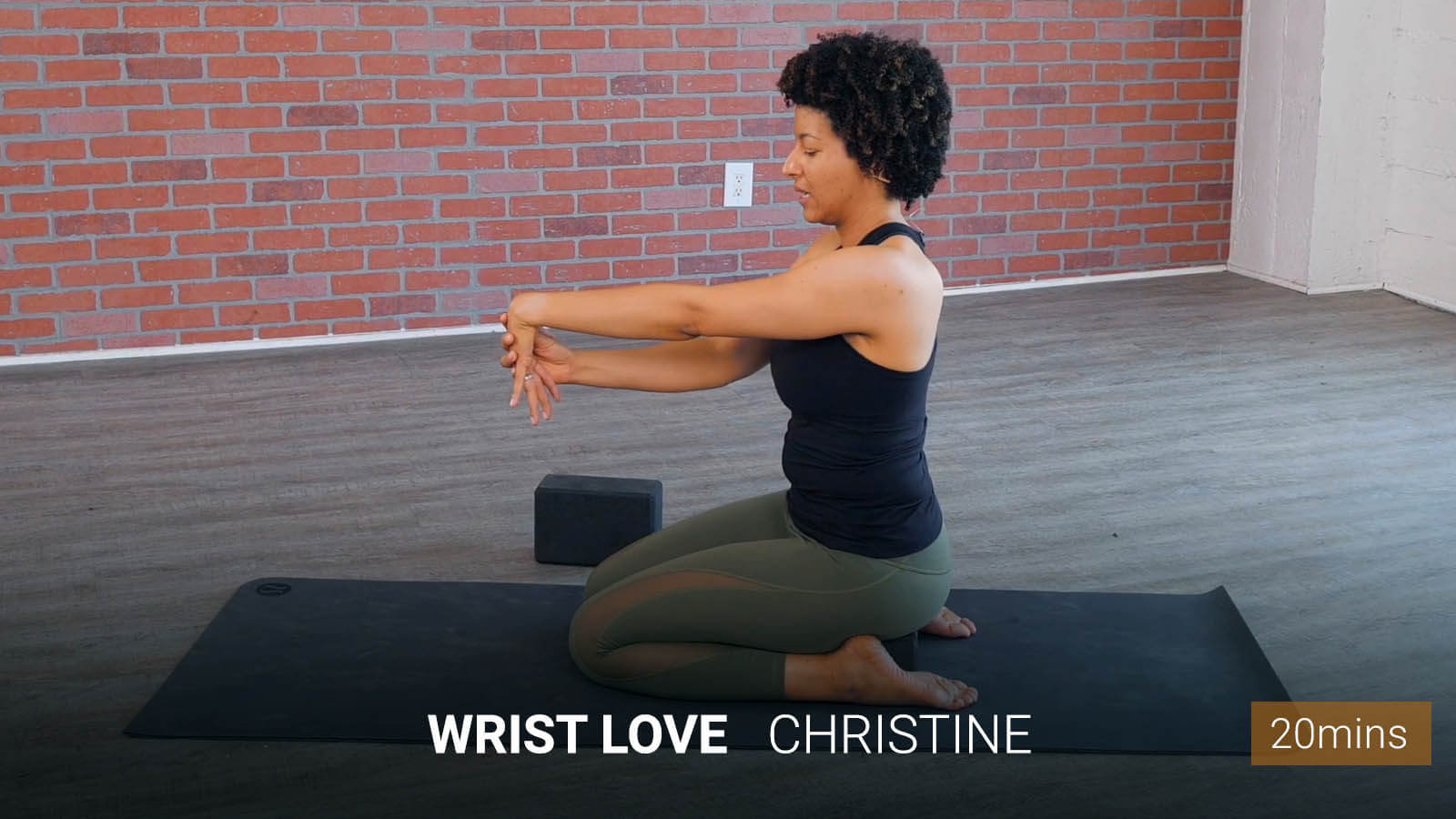 https://www.innerdimensiontv.com/classes/wrist-love/
https://www.innerdimensiontv.com/classes/wrist-love/
By Paul